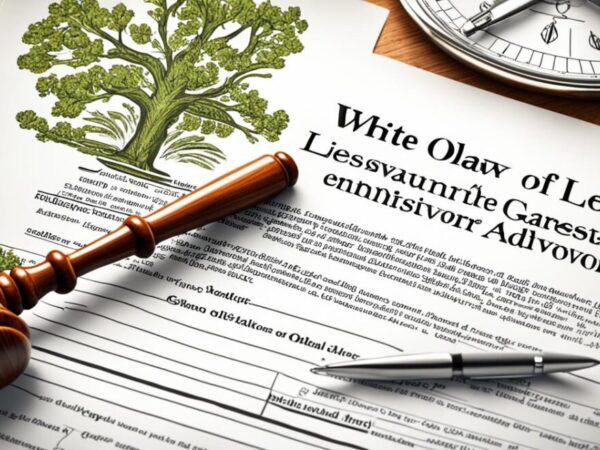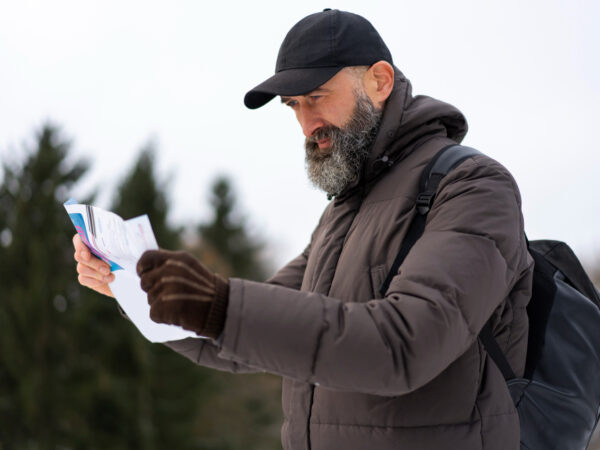When learning a new language, the first thing people often want to know is how to say hi. Greetings are crucial for making good first impressions, showing respect, and opening up conversations. In Dutch, greeting someone can be a fun and easy process to master with just a few simple steps. Whether you’re traveling to the Netherlands, meeting Dutch speakers, or just expanding your language skills, knowing how to say hi in Dutch will enhance your communication. In this article, we’ll break down how to say hi in Dutch like a pro with five simple steps, and also explore more useful greetings you can use in various situations.
Hi in Dutch Like a Pro: 5 Easy Steps to Perfect Greetings
Hi in Dutch: Master the Basic Greetings
The most straightforward way to greet someone in Dutch is by saying Hallo or Hoi. These are casual greetings and are widely used in everyday conversations. Both are similar to hello and hi in English, making them easy to remember.
For a more formal setting, Goedendag (Good day) is a polite greeting used in business environments or when addressing someone you don’t know well. Additionally, time-specific greetings such as Goedemorgen (Good morning), Goedenmiddag (Good afternoon), and Goedenavond (Good evening) are commonly used.
– Informal greetings: Hallo, Hoi
– Formal greetings: Goedendag, Goedemorgen, Goedenmiddag, Goedenavond
Hi in Dutch: Learn the Context for Formality
When using greetings, it’s essential to understand when to use formal or informal versions. In more relaxed settings, like talking to friends or family, you can confidently use Hoi or Hallo. However, if you’re in a professional environment or meeting someone for the first time, it’s better to opt for formal greetings.
For instance, Goedendag is a common greeting for more formal situations, while Hoi is typically reserved for casual encounters. When unsure, it’s safer to start with a formal greeting until the context becomes clearer.
– Casual contexts: Hoi, Hallo
– Formal contexts: Goedendag, Goedemorgen, Goedenavond
Hi in Dutch: Perfect Your Pronunciation
Dutch can be tricky for non-native speakers because of some guttural sounds, particularly with the letter G. To sound more like a local, it’s important to practice the correct pronunciation of greetings. Start by listening to how native speakers say words like Goedemorgen and Goedendag.
A helpful tip is to practice the G sound, which is pronounced from the back of the throat, similar to the ch in the German word Bach. Repeating these words and mimicking native speakers can dramatically improve your pronunciation, helping you sound more natural.
Hi in Dutch: Impress with Regional Greetings
While standard Dutch greetings work across the Netherlands, using regional variations can earn you extra points and help you connect with locals. For instance, in the southern region, especially Limburg, people often say Houdoe to mean both hello and goodbye. In the northern provinces, you might hear Moi as a casual greeting.
These regional greetings can make you sound more familiar with the local culture, showing that you’ve taken the time to learn more than just the basics. Don’t hesitate to use them when you’re in the appropriate area.
– Southern region: Houdoe
– Northern region: Moi
Hi in Dutch: Combine with Friendly Gestures
In Dutch culture, greetings are often accompanied by gestures. A handshake is standard in formal settings, while more familiar greetings between friends may include a light kiss on each cheek, usually three in total. If you’re meeting someone for the first time, offering a handshake along with a friendly greeting like Goedendag will help set the right tone.
When greeting friends or family, a more casual Hoi or Hallo paired with a friendly smile or wave is often enough. Understanding these cultural nuances will make your greetings feel more natural and authentic.
Hi in Dutch: Expand with Simple Introductions
After greeting someone, it’s polite to introduce yourself. This can help transition from a simple greeting into a conversation. A good follow-up after saying Hallo or Hoi is Ik heet [your name] (My name is [your name]) or Aangenaam kennis te maken (Nice to meet you). These simple phrases make you sound more polite and ready to engage.
To take it further, ask Hoe gaat het? (How are you?) to show interest in the other person. Knowing these small conversational tools allows you to interact more fluidly with Dutch speakers.
Hi in Dutch: Adapt to Different Situations
Different situations call for different greetings. When you’re at a café, greeting the staff with Goedemorgen or Goedenmiddag can make your interaction smoother. In social gatherings, a friendly Hoi is often enough to break the ice.
When you enter a store, it’s common to greet the staff with Goedemiddag (Good afternoon) if it’s mid-day. Mastering these context-specific greetings ensures that you’re always saying the right thing at the right time.
Hi in Dutch: Learn Greetings for Different Times of Day
Like many languages, Dutch has greetings that change based on the time of day. While Hallo and Hoi work all day, learning time-specific greetings makes your speech more polished. Here are the most common ones:
– Goedemorgen – Good morning (until 12 PM)
– Goedenmiddag – Good afternoon (12 PM – 6 PM)
– Goedenavond – Good evening (after 6 PM)
By using these appropriately, you show a deeper understanding of the language and culture.
Hi in Dutch: Practice in Daily Life
One of the best ways to become comfortable with greetings is by practicing them in real-life situations. Whether you’re chatting with Dutch-speaking friends, traveling in the Netherlands, or participating in online language exchanges, putting your skills to use will make the words feel more natural.
Start with simple phrases like Hallo when entering a café or Goedemiddag when visiting a store. The more you practice, the more natural these greetings will feel.
Hi in Dutch: Continue Expanding Your Knowledge
Learning how to greet people is just the beginning of your language journey. To truly master Dutch, continue expanding your vocabulary and practicing regularly. Incorporate new phrases, watch Dutch-language shows, and engage with native speakers as much as possible. By doing so, you’ll not only perfect your greetings but also improve your overall language skills.
Conclusion
Mastering how to say hi in Dutch is easier than it seems. By starting with basic greetings, adjusting for formality, practicing pronunciation, and using regional variations, you can become confident in greeting Dutch speakers in no time. Remember to practice daily and incorporate these greetings into your interactions to sound more natural and at ease.
Whether you’re just starting your Dutch language journey or want to polish your skills, knowing how to say hi in Dutch will open up opportunities for conversation and connection with Dutch speakers.
FAQs
Q1. How do you say hi in Dutch?
The most common ways to say hi are Hallo and Hoi.
Q2. Is it important to use formal greetings?
Yes, in professional or formal situations, using greetings like Goedendag or Goedemorgen shows respect.
Q3. Are there regional variations in Dutch greetings?
Yes, greetings like Houdoe in the south and Moi in the north are examples of regional differences.
Q4. What’s a polite follow-up to a greeting?
After greeting, you can introduce yourself with Ik heet [your name] (My name is [your name]) or say Aangenaam (Nice to meet you).
Q5. Do greetings change based on the time of day?
Yes, Dutch has time-specific greetings like Goedemorgen (Good morning), Goedenmiddag (Good afternoon), and Goedenavond (Good evening).
Also read: Historic Netherlands City: 10 Essential Stops on Your Cultural Journey












